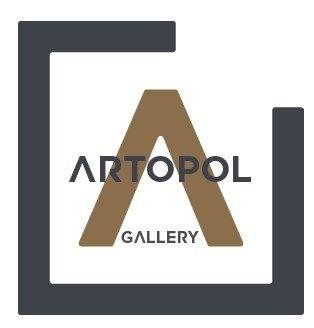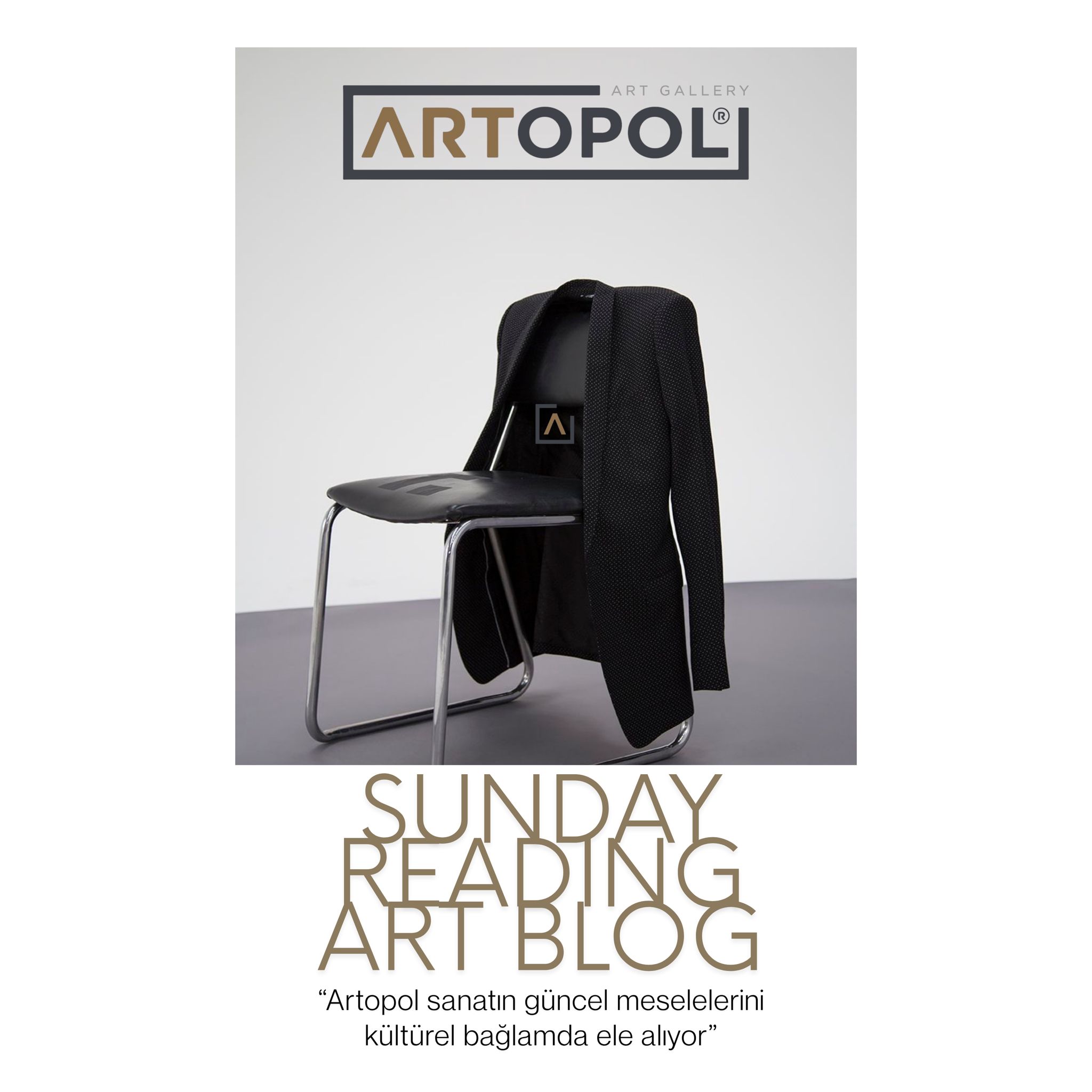Contemporary Istanbul is a contemporary art fair. The contemporary art movement began in the 1960s and continues to gain value today. It does not have a unifying element similar to that of an art movement. For this reason, it is called contemporary art, not modern art. In general, environmental and social awareness are predominant. It often deals with themes such as feminism, the environment, the relationship between technology and humanity, and multiculturalism.
Today, there are also artists in contemporary art who are associated with modern art movements. These artists are generally not referred to as contemporary artists. Although the period following modern art is sometimes called postmodern art, Postmodernism is historical and concerned with aesthetic approaches. Therefore, it does not encompass most of the works referred to as contemporary art. From another perspective, contemporary art is an art movement that comes after modern art. Moreover, it currently includes postmodernism within itself and is a term with no boundaries. For this reason, defining contemporary art is more difficult than defining other forms of art. In the most general sense, contemporary art refers to painting, sculpture, photography, installation, performance, and video art. However, despite this general definition, some details are often blurry and tend to vary. Therefore, the starting point of contemporary art continues to be the subject of much research. Nevertheless, most artists believe that it began between the 1960s and 1970s. We can say that contemporary art, compared to other art movements, is one with a relatively long history.
The Contemporary Istanbul art fair also focuses on contemporary art, showcasing and hosting works of contemporary art. This year marks the 16th edition of Contemporary Istanbul, which, as in previous years, will take place in a special location — at Tersane Istanbul, from October 7–10, 2021. Contemporary Istanbul brings a fresh perspective to contemporary art movements. This year’s event will be held with Akbank as the main sponsor.
As Artopol Art Gallery, we will once again participate in the 16th edition of Contemporary Istanbul — one of Turkey's most prestigious events — along with many of our valuable artists and their works, just as we did last year.
Thanks to Contemporary Istanbul, the city of Istanbul has become of great importance for the contemporary art movement, aiming to become the new home of contemporary art. Today, contemporary art has no definite center. This year’s Contemporary Istanbul, along with the restorations of the Haliç Shipyard and the Golden Horn district, is part of a major renovation project to make Istanbul a center of contemporary art. After this renovation, contemporary art will be brought and exhibited in one of Istanbul’s most significant historical locations. Contemporary Istanbul aims to highlight contemporary art on a global scale by bringing together dozens of art galleries from around the world.
Art
Art, by definition, encompasses all methods used for expressing an emotion or beauty. The superior creativity that arises from these methods is also referred to as art.
In our own interpretation, art is the use of extraordinary creativity by people to recreate and evoke the excitement and admiration inspired by something. Art awakens certain emotions in people. These feelings generally include a love of beauty and an aesthetic appreciation of it. Those who can perceive beauty more deeply and convey that beauty, excitement, and emotion with greater intensity are called artists or artisans.
These artists do not always reflect their emotions exactly as they are. They usually express them as they experience them in their own imaginations, often amplifying their emotions. Their abilities in depiction and description are quite high. With these abilities, they express and convey the beauties of nature or other subjects as they feel or imagine them. They are rare individuals who can see and reveal beauties that others cannot. All of these qualities make them highly talented and special.
Art is the experience of feeling an emotion and conveying that emotion to others. Artists do not practice art for material gain. They create art to share the pleasure they experience with others. They have no financial expectations.
Pleasure makes people happy. Happiness and pleasure elevate the human spirit. For this reason, art is very important. Art evokes the noblest emotions in people. It is the expression of a conscious life. Artists first experience an emotion themselves, then convey that emotion to others.
Branches of Art
Fine Arts are generally divided into nine main branches.
- Literature
- Music
- Architecture
- Sculpture
- Painting
- Theatre
- Cinema
- Dance
- Photography
Characteristics of Art
- Requires creative perception for both the artist and the audience
- Contains ideas that are not easily conceived
- Has the ability to be perceived on multiple levels and open to various interpretations
- Gives an impression of skill or mastery
- Exists as a play between consciousness and the subconscious, or between reality and illusion
- Contains an idea beyond mere functional purpose
- Is created with the intent of being experienced as art
Practical Arts (Crafts)
Professions that require daily skill and craftsmanship, such as cooking, masonry, carpentry, and weaving, fall under this category. In everyday language, people often refer to these as the “art of cooking,” “art of masonry,” or “art of carpentry.”
Here, the term “art” is used in relation to the skill and knowledge required for the task. In reality, these types of manual or tool-based tasks are called crafts, and those who perform them are called craftsmen.
Making a wooden chest is a practical art known as carpentry. Decorating that chest with carvings, however, is considered an art.
What is a Work of Art?
Works that evoke beautiful emotions in people and enrich their imagination, thoughts, and dreams are called works of art. Works of art are divided into three categories: visual, phonetic, and dramatic (rhythmic).
Painting, architecture, sculpture, and calligraphy are visual arts; literature and music are phonetic arts; theatre, dance, cinema, and ballet are dramatic art forms.
The purpose of works of art is not primarily truth or usefulness, but beauty. Works of art express feelings and thoughts. They are not informative or objective. Works of art are unique and universal. For a work to be universal means that it belongs to everyone who possesses or engages with it.



